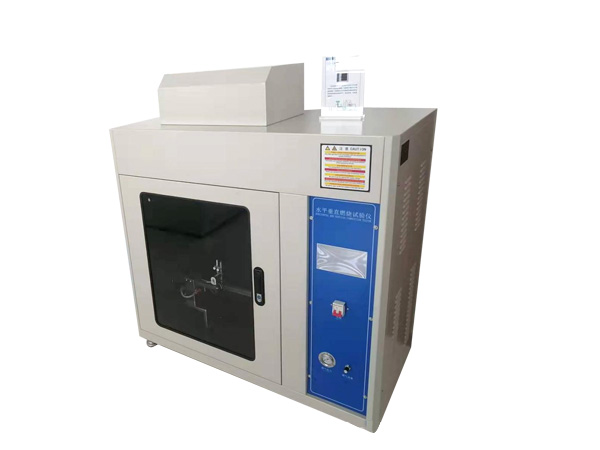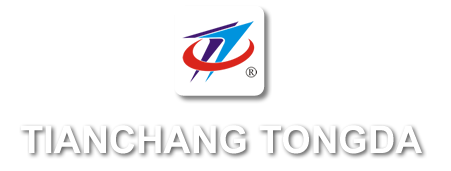CZF-5 touch screen horizontal and vertical combustion instrument

PIC-(CZF-5 touch screen horizontal and vertical combustion instrument)
Main use:
The horizontal and vertical combustion tester is mainly used to measure the flame retardant performance of plastic, rubber, film and other products under specified fire sources, in order to determine the fire resistance level of refractory materials.
Compliant with standards:
GB/T 2408, GB/T 13488, ISO 1210, UL94 V-0 V-1 V-2, ASTM/D 635 4804 3801, IEC707, IEC60695-11-10 standards.
Technical parameters of horizontal and vertical combustion testers in stock:
1. Combustion chamber:
1) Box: 0.5m3, processed and formed by CNC machine tool, with beautiful and generous arc shape, high-quality SUS304 stainless material/baking paint, with beautiful rust prevention and anti-corrosion characteristics.
2) The top of the box is equipped with a ventilation and smoke exhaust system, which can discharge the exhaust gas to the outside after the test is completed; During the experiment, the system was in a stopped state.
3) There is a tempered glass observation window on the front of the box that can be sealed during the test process, making it easy to observe the test situation.
Main technical parameters
The combustion nozzle company produces self-made nozzles that fully comply with the requirements of IEC60695-11-4:2004 flame A, B, or C
Spitfire diameter Ф 0.95 ± 0.3mm, nozzle: Ф 0.9 ± 0.03mm, nozzle height from air inlet is 100 ± 10mm
The angle of the spray lamp is 90 degrees horizontally and 45 degrees vertically
Flame height 20 ± 20
The flame application time can be set from 0 to 99 minutes and 99 seconds
The remaining flame time can be set from 0 to 99 minutes and 99 seconds
The remaining burning time can be set from 0 to 99 minutes and 99 seconds
Methane/37MJ/m3 natural gas (coal gas can also be used) with a combustion rate of over 98% in the test
The combustion angle is adjustable at 20 °, 45 °, and 90 ° (i.e. 0 °)
The flame height can be adjusted from 20mm to 175mm according to standard requirements





















